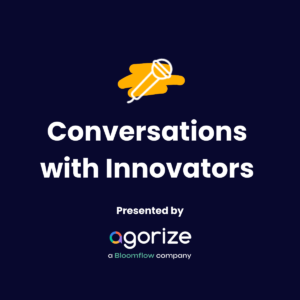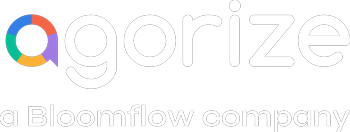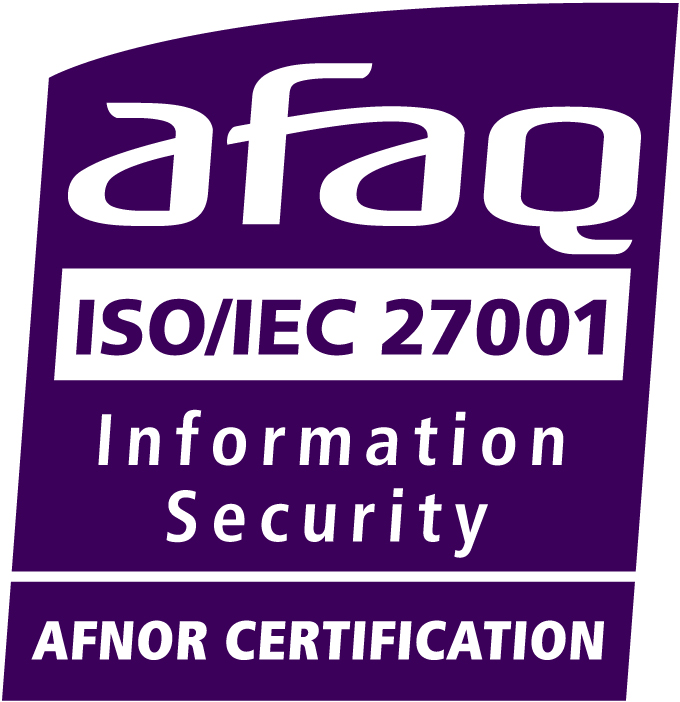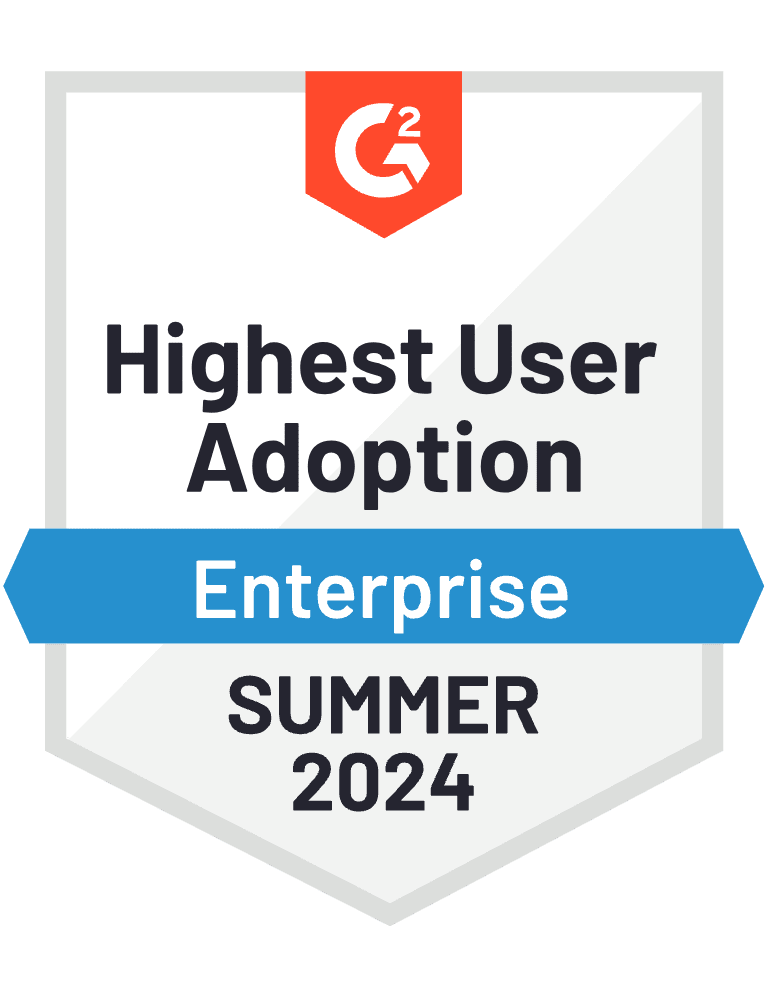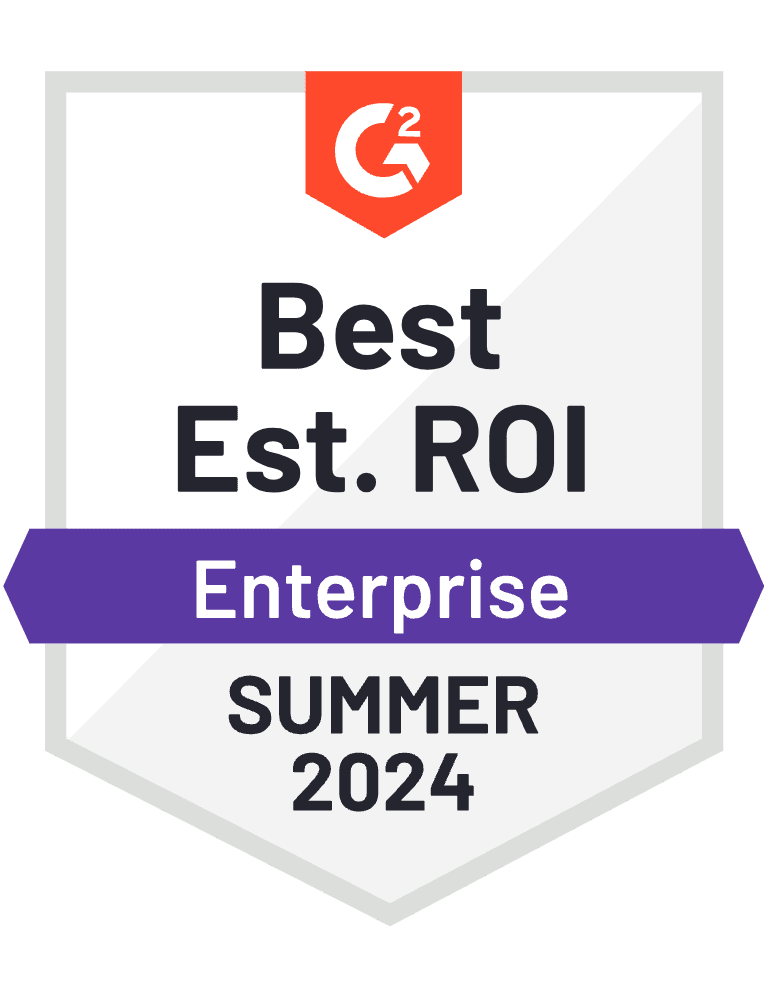Look after your employees’ well-being and they’ll look after you. But you knew that already. And while Fordism is well behind us, French companies still have a long way to go. According to Pauline Tordeur (Hivy), developing employer branding is “a strategic choice that allows a company to attract and retain the best profiles and improve employee productivity, boosting the company’s growth – and it can even be a tax advantage for the company”.
In a previous article, we’ve seen that creativity presents a number of benefits in this field. But it’s not the only way. So how can you develop a ‘happy employee’ culture?
Here’s some advice from Justine, our Office Manager, and Chief Happiness Officer.
Statutory employee benefits
From refunding half of the cost of travel passes to providing mutual insurance and paid leave and contributing to lunch costs, French companies have to provide a number of employee benefits by law. And while they might be mandatory, they can also be a major advantage to some companies, with the most generous becoming well-known employer brands.
The list of employee benefits that are provided can quickly become as long as your arm. Companies can pay for 100% of transport costs, mutual insurance, and meals, choose the best service providers, grant more paid leave, offer bonuses, allow colleagues to work from home, and more – and all while remaining in tune with the company’s values and employees’ needs.
And it isn’t just the preserve of the biggest companies. Businesses like Algolia, Doctolib, and Deliveroo also provide some of these benefits, and their employees are delighted.
Employee benefits not required by law
Benefits in kind are a bit more difficult to manage and implement – they are both limited and tightly regulated. Some are taxable, and as a result must be included on payslips (meal vouchers, for example), and others are limited per employee per year (gifts).
In this case too, the list of benefits in kind can be very interesting:
- Contributions to an employee gym membership
- Paying for meal vouchers
- Gifts for major professional or personal events
- Referral bonuses
- Availability of games equipment and entertainment (ping-pong table, pool table, football table, etc.)
- Reimbursement for telephone contracts
These are in addition to more traditional benefits like employer-provided accommodation or a company car, uniform, etc.
Team building
Although this relatively recent term comes straight from the world of startups, the concept has been around for a long time. And more and more companies are adopting this approach thanks to their focus on team spirit and the feeling of working towards a common goal. From major groups such as Deloitte to young companies like Doctolib, businesses regularly organize internal events such as travel or sporting weekends to bring their teams together.
There aren’t really any concrete rules when it comes to team building. And you don’t need a huge budget, either. The aim is just to have fun, learn more about your team and your colleagues, and create common ground. It could be a weekend away as a whole team, a weekly after-work event, a go-karting morning, watching a film in the office, a karaoke evening, an escape game, or anything else.
The most important thing is that it fits with both the team’s and the company’s mindset. And avoid falling into lazy clichés – yes, women can also enjoy go-karting and kayaking (you’d be surprised what you might hear when you’re a Chief Happiness Officer). While it can be difficult to find an activity that everyone enjoys, the best way to go about it is to get your employees directly involved and identify any common themes.

In-house entertainment
As we mentioned earlier, in-office entertainment is also a good way of developing a business’s culture and its employer brand. People often ask me: “But doesn’t that encourage people to take more breaks and slack off?”. It turns out that actually, the opposite is true. Everywhere I’ve worked, the entertainment facilities (arcade games, PS4 consoles, pool tables, etc.) have never lowered employee productivity.
In the same way that employees are very reasonable in companies where they can take as much leave as they want, making relaxation areas available doesn’t mean that they’ll be in constant use.
In fact, they’re a good way for your employees to clear their heads and chill out when things start to get too much. Knowing how to space outbreaks really helps concentration and boosts efficiency.
Values
When people mention company values, they usually end up knee-deep in clichés and meaningless ideas. But values are nonetheless essential as a way of developing an employer brand and a feeling of belonging to a common project. Values also let you recruit employees that fit with the image people to have of the brand and of the team’s way of working.
Work hard, play hard, independence, versatility, team spirit, diversity – there are a lot of values that seem obvious but are nonetheless essential for business culture. At Agorize, our values are an integral part of our recruitment process and our daily working lives. This means that we have a very close-knit team, and our members complement each other well and share the same team spirit.
Management
The management styles used in France can sometimes seem a little old-fashioned. The very rigid traditional pyramid hierarchy is still standing firm. When it comes to managing relationships between employees and workloads in general, it can sometimes lack subtlety. While you shouldn’t hand out medals to everyone who turns up on time, it’s vital that you value your team’s work.
What’s the solution? Adopt the approach that’s used in English-speaking countries – training. A manager’s role is far from easy and takes a lot of time to master. Being good at your work doesn’t mean you’re good at managing people, the most difficult part of a manager’s job.
And it’s even more important given the crucial role that management plays in the business’s culture. Being able to value your employees, not overworking them, being firm but fair, and being available and attentive are all qualities that help to boost employer branding. Managers are highly visible and should set an example to encourage their teams to give their best.
Communications
Last but not least: internal communication. Whether between departments or colleagues, with the whole team, or with your superiors, communication is what holds a company together.
Today, there are a number of tools that make the process of communication much easier and help keep everyone informed quickly and smoothly. Whether via chat (Hangouts, Slack, etc.), anonymous survey tools, a TV showing the company’s news for the week, or reserved timeslots for discussions between employees and managers, there are a huge number of fun solutions out there – and there’s no need for them to interfere with your teams’ work.
Internal communication is the best way of creating an entity, that a group employee can identify with. It’s a way of including them in company life and giving them the feeling of taking part in a shared project.
When people think of the best companies to work for, the first that come to mind are often businesses like Google, LinkedIn, BlaBlaCar, and Facebook. And these are all companies that are experiencing amazing success. It’s not a big leap to assume that their business culture has a key part to play in this. So why wait to develop your own business culture?
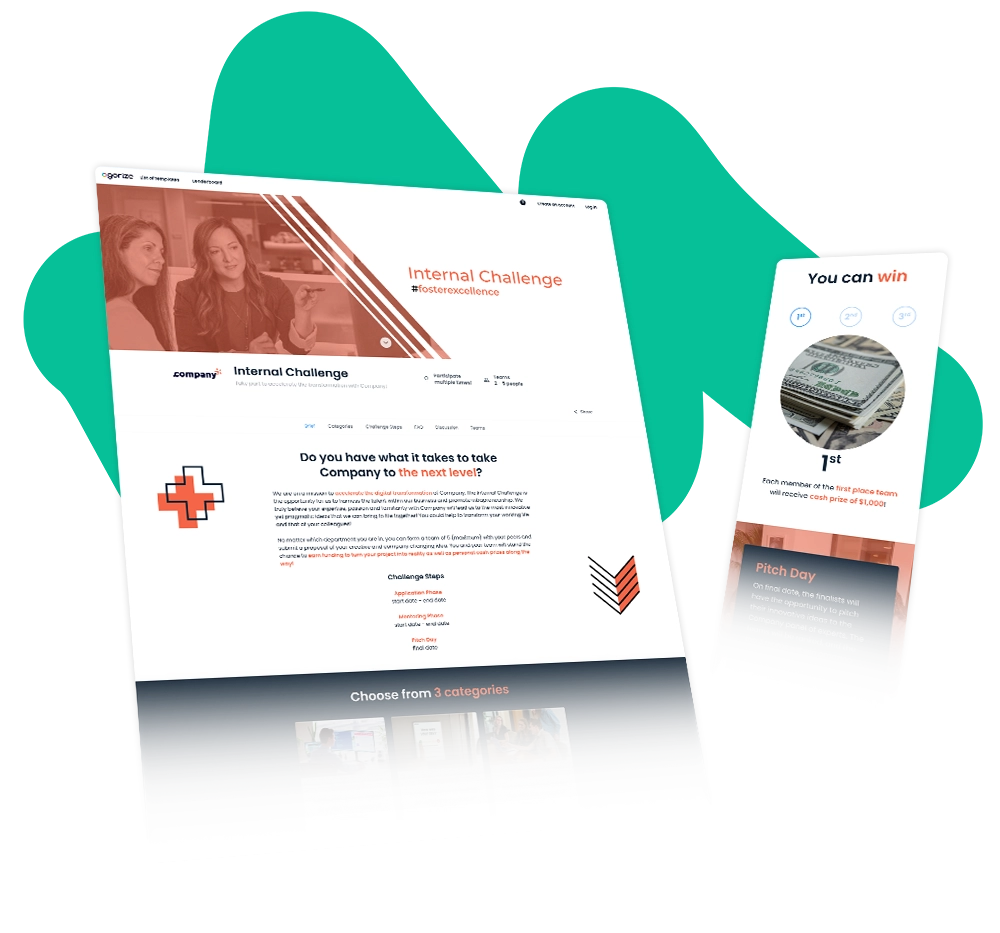
Want to boost your employees’ motivation and engagement?
Discover how our intrapreneurship program can improve your employer branding!
What is Agorize?
Agorize is the most comprehensive innovation management platform, supported by a team of experts and community of innovators. For over a decade, we’ve been providing technology powered by a community of 5 million innovators to foster change and accelerate innovation. Our clients and partners worldwide crowdsource, evaluate and develop solutions from startups, employees, developers and students using Agorize.
We’ve helped over 300 global enterprise companies in Europe, North America, and Asia Pacific, including Enterprise Singapore, Huawei, Microsoft, LVMH, PepsiCo, Bayer, Schneider Electric, Hitachi, L’Oréal and many more by running their innovation programs.
What is an innovation challenge?
An innovation challenge, or innovation competition, is a competition organized by a company to bring forward innovative solutions. The organizer defines clear objectives and problem statements, after which innovators are invited to submit their ideas and solutions. Proposals can come from startups, employees, students or other talent that is relevant to the topic at hand. Through a process of crowdsourcing and assessing ideas, mentoring participants and developing solutions, the organization will identify the winning proposals that will be implemented. More than 300 enterprise companies have organized innovation challenges with Agorize.
Their results speak for themselves. They’ve reduced go-to-market time with internal teams, fast-tracked the development of niche solutions with the products and services of startups, created long-term strategic partnerships and brainstormed future-proof ideas with students from top universities. Overall, it accelerated their own transformation and made themselves more future-proof.
What is an idea box?
Agorize IDEA BOX is an ideation management platform that helps organizations collect, assess and develop ideas from their employees or external communities. It’s an all-in-one solution with features to simplify the process of crowdsourcing ideas, so ideation can be accelerated and improved. Individuals or teams can submit ideas, which can then be evaluated by peers or experts on the platform through grades or virtual investments.
Then, the best ideas can be further developed with the input of others through feedback and comments. Our IDEA BOX solution is popular amongst HR and innovation leaders at enterprise companies. IDEA BOX allows HR leaders to engage employees across teams and countries to contribute valuable ideas and collaborate. As such, positively contributing to the company culture, employee satisfaction and retention and overall ROI. On the other hand, IDEA BOX supports innovation leaders in solving problem statements by opening up to the relevant communities they want to engage, such as customers, employees or other innovators.




